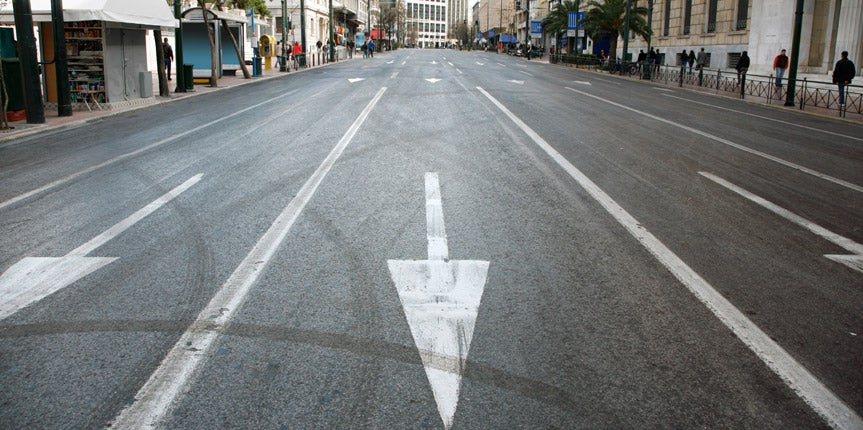Business Use of Your Automobile

If you are transporting supplies, products or customers you are using your automobile for business. If you’re using your automobile for business activities, you need to understand your coverage and ascertain that your coverage is both adequate and not overlapping.
What’s in an Auto Policy?
There are six parts to an auto policy. Your policy may include all six or just some of them.
- Bodily Injury Liability: covers injury to other persons
- Medical Payments or Personal Injury Protection (PIP): covers injury to the driver and passengers, possibly including lost income
- Property Damage Liability: covers damage to someone else’s automobile
- Collision: covers damage to the policy holder’s automobile resulting from collision with another car or object
- Comprehensive: covers damage to the policy holder’s automobile from events other than collision, such as theft, fire, earthquake, falling objects, etc.
- Uninsured Motorist Coverage: covers damage or injury caused by an uninsured or underinsured driver
What About Policy Limits?
Each state sets coverage limits of the liability policy. These limits are stated in numbers such as 25/50/25, which would mean Bodily Injury Coverage of $25,000 per person and $50,000 per accident and Property Damage Coverage of $25,000 per accident. These limits are not adequate. It doesn’t cost much to increase the coverage to the standard recommended by the insurance industry: 100/300/100.
Can Employees Use My Vehicle?
Be certain that every employee who might possibly use your vehicle is listed on the policy. Provide the drivers license information to your insurance agent.
Am I Covered in a Rental Car?
The answer is maybe. Some policies automatically cover you while driving a rental vehicle. Others don’t. You need to ask your agent and if there is an additional charge for coverage, pay for it. The cost of buying rental car insurance on a daily basis is outrageous, yet without the coverage you are totally at risk for damage to the rental vehicle.
How Can I Save on Coverage?
- Buy a “low profile” car. Cars that are expensive to repair or which are the favorite targets of car thieves are also the most expensive to insure. That’s one of the reasons that most company cars are so plain.
- Increase your deductibles. Doubling your deductible could cut 25% from your premium. If you are like many motorists, you look at an accident and often conclude that $1,000 or less isn’t worth turning in because it will cause your rates to shoot up. So why not put your deductible at that level?
- Don’t carry full coverage on old vehicles. Autos with low dollar value should be self insured for collision and comprehensive claims. Compare the premium amount to the value of the car and draw a logical conclusion.
- Consider your business location. If you have flexibility about your business location, consider a less congested area where rates are likely to be less.
- Ask about available discounts. Insurance companies have discounts for all sorts of programs and features that reduce accidents, including:
· Airbags
· Automatic seat belts
· Anti-lock brakes
· Theft deterrent devices
· Multiple vehicles
· Low mileage driven
· Driver’s training
· Rewards for good grades by young drivers - Shop around. Get at least three quotes from carriers with reputations for quality service.
